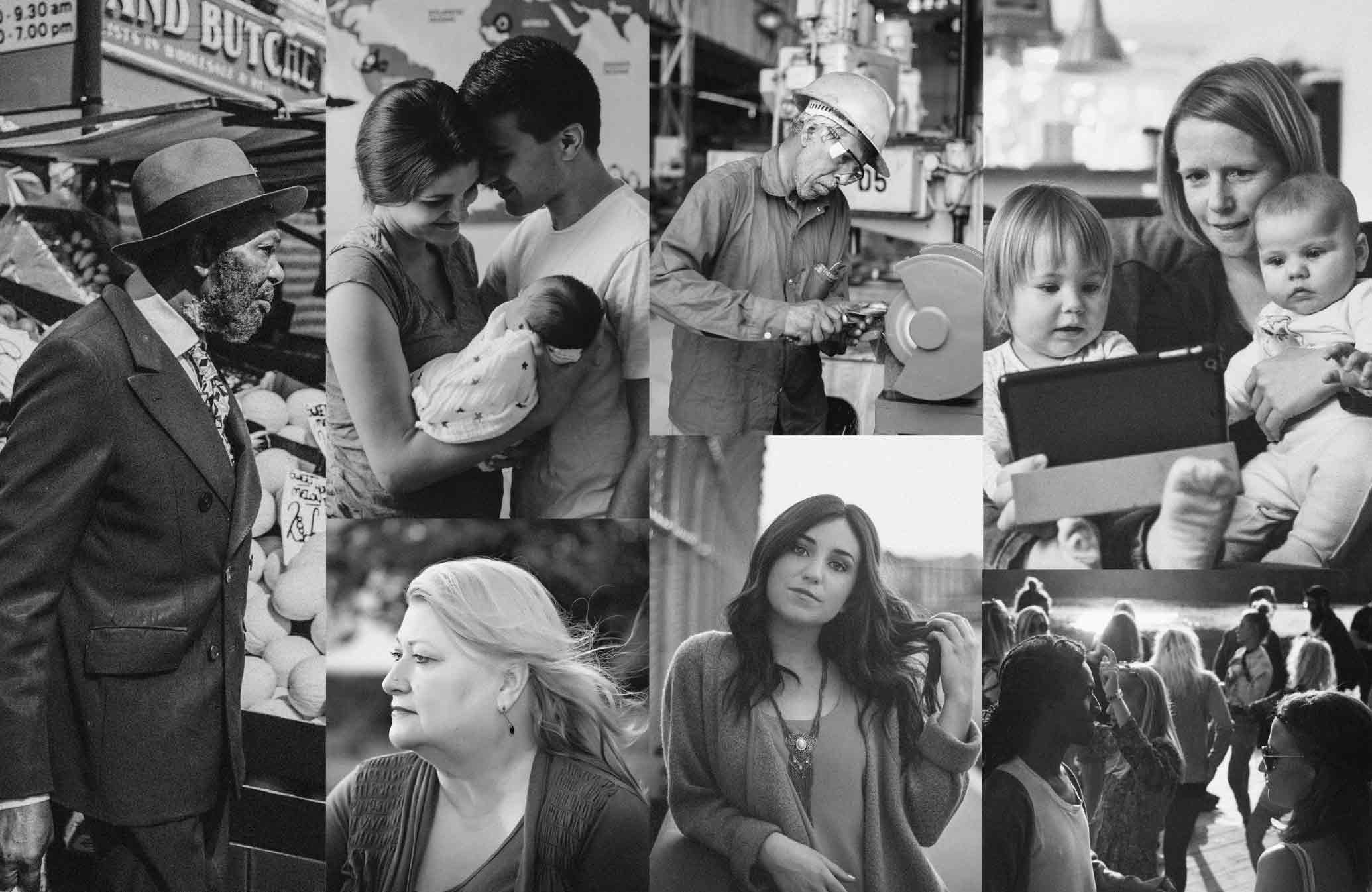Last year Revel CEO Jeff Fritz sat down with Vicky Couillard, Executive Director of Vail Place, a Minnesota organization that provides community-based mental health programs. They spoke about behavioral health engagement and mental health stigma, and now one year later, we wanted to circle back to see how things have changed and where, as an industry, things are headed.
Read the highlights of our interview with Vicky Couillard below or listen to the full conversation on episode 11 of Icario’s podcast RadioRev.
Let’s start with a quick reminder for those that didn’t read our last interview—tell us about Vail Place.
Vail Place started almost 40 years ago with a clubhouse. If you aren’t familiar, it’s an innovative program that addresses both the symptoms of mental illness, as well as addresses all of the social determinants that we all need to live healthy and fulfilling lives—things like finding employment and housing or reducing isolation, for example.
It’s important to never underestimate how important community resources are. When someone visits their therapist then walks out the door into the community sometimes there’s a sense of, “what now?” Well, the “what now” is Vail Place and other community providers. That’s where we come in and ensure that people are stable in the community.
Do you have thoughts around how we can continue to create safe spaces to have discussions around mental health?
Education is central to this. Making sure that people truly understand mental health and what it means is critical. The fact that we’re now having conversations in the industry about physical and mental health together has broken down a lot of barriers, but at the center of it really is education.
Does age have anything to do with it? For example, are things being addressed differently in public school systems versus in the workplace? Are you seeing that education actually taking place?
At the school level, absolutely. Students are rallying together and creating support groups, so I definitely think our culture is changing. This is not a conversation that we were having when I was in high school, so I’m excited to see that change.
Within the healthcare space, people are talking about mental health in a way that’s healthy, very approachable, and comfortable. As agencies, we’re creating a safe space. A lot of employers do the same. They are putting bulletins out, they’re creating a space for people to share their stories. And hopefully we’ll get to a point where people feel comfortable sharing and having those conversations.

Health Action Playbook
Transform your health action strategy with 9 powerful plays designed to drive better outcomes and move people to do things that are good for them.
Let’s talk about resources. Reports are showing that we’re down to 1 therapist for every 100,000 people. How do you see the industry responding to this decline in providers?
A lot of people are accessing therapists virtually now. Especially for people who live in rural areas that don’t have access to an office near them this is incredible helpful and effective. At Vail Place we have a number of our members who access their therapy virtually. It’s incredible.
On the flip side, recognizing that shortage, we’re also seeing the “3 strikes you’re out” approach that clinics have to take. What I mean is, if somebody isn’t able to keep their appointments after 3 times, they can no longer see that therapist.
Initially we talked about the importance of community support programs and that’s one of the things we do at Vail Place. We help ensure that people get to the clinic, that they see their therapist, and that they keep the appointment. We help them to maintain the relationship because it’s so hard and it can take so long to get an appointment in the first place, so the last thing you want is for someone who needs help to lose that connection.
When we talked a year ago, you mentioned a few things that I wanted to follow up on. You said that primary care are doing more health risk assessments, but there aren’t enough options after the assessment is complete. Have you seen any improvement in the past year on this?
It can be difficult for those in primary care to make referrals because they don’t know about all of the available community programs. In particular, we’re seeing healthcare providers recognizing the importance of social determinants. Candidly, 70-80% of the referrals we receive are people who are currently homeless. It’s hard to think about your healthcare when right now you’re more concerned about finding a place to sleep.
We’re seeing a lot more focus on recognizing what the social determinants are and the role that community providers can play because we’re the resource in the community. Clinicians leveraging their partners so we can then expand resources is really innovative and it’s a change that we’re experiencing more and more. It’s exciting.
What do you think mental healthcare will look like in the next 10 years?
What a big question! From a payment perspective, we’re seeing a push to value-based contracting. We’re having to rethink how we’re structured, how we deliver services, how we can establish a value for services. There’s more value around social determinants.
There’s so many changes in the industry right now, I think we’re all looking for some answers that are still to come.
Speaking more about social determinants, it sounds like that’s something that’s changed over the past year. Meaning, the view of social determinants or barriers has gotten more attention that may be informing the view of the long-term future. Is there anything you see happening in the near-term around social determinants that’s exciting you?
Yes! The fact that UnitedHealth has set goals around it and we’re seeing people take action and seeing the healthcare industry make moves is exciting for us because that’s our sweet spot. And, there’s more conversations happening nationally.
We’re hearing the phrase social determinants harden a little bit. A year ago it was fairly novel and now I’m hearing more definition around what it means, how we remove a social determinant that’s negative, how it gets funded—all of those things are starting to be talked about more.
That’s true. We’re exploring more partnerships with healthcare providers and looking at how we can impact the highest risk people. In addition, the payment structure is challenging—it’s something people haven’t thought about, so there’s really no structure around it at this point.
What do you think is the most important thing anyone can do to spread more awareness about mental health?
I really appreciate the “Make it Okay” initiative and others that have really have raised visibility to just engage in the conversation, so I’d say simply: talk about it. Be genuine, be honest, be open, be a good listener when someone comes to you and shares their story.




